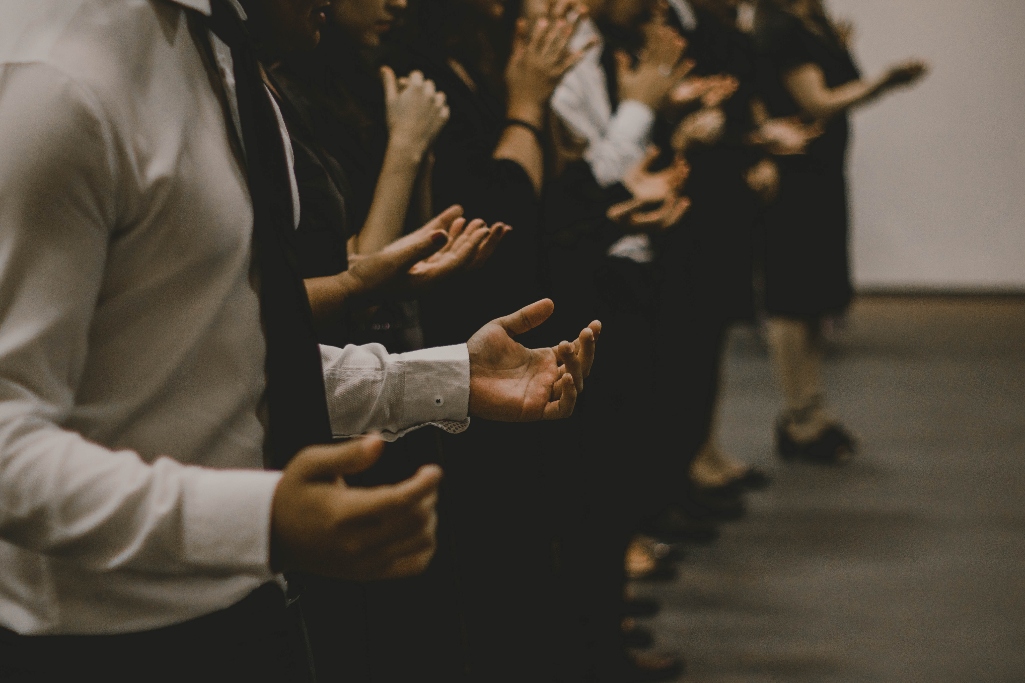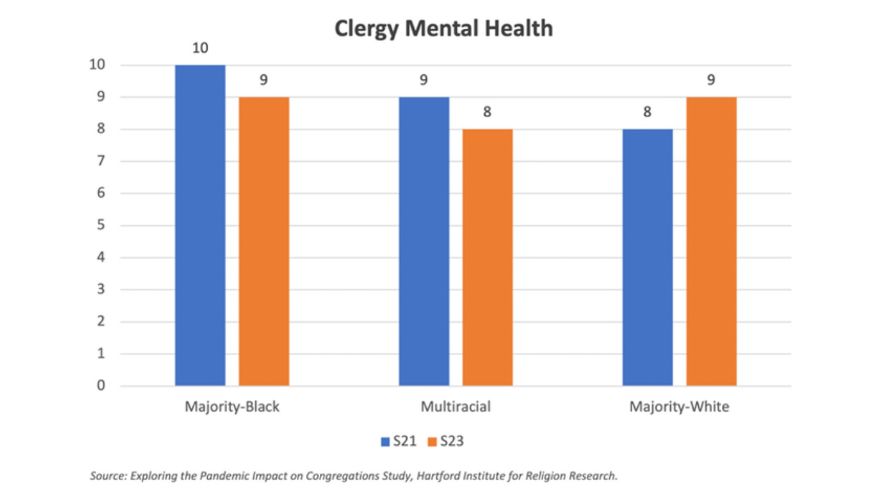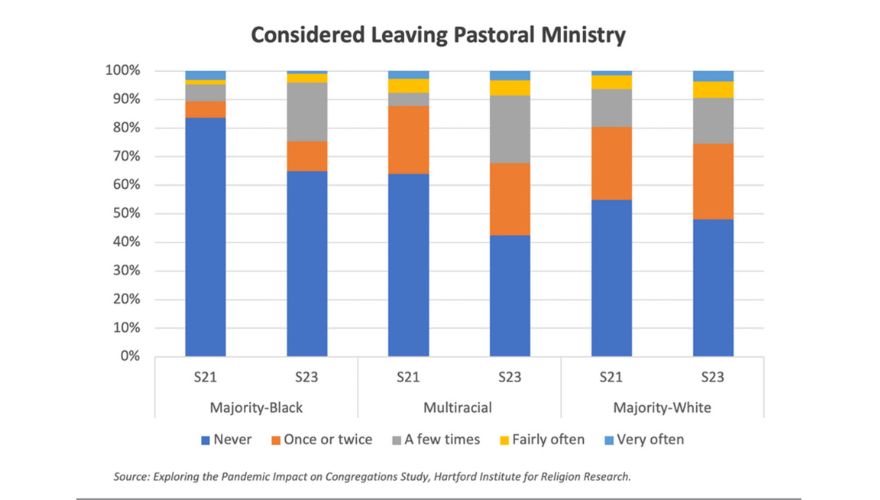
HARTFORD, Conn. (BP) – Black churches suffered disproportionately during the COVID-19 pandemic in attendance, finances and clergy wellbeing, but outpaced others in embracing pandemic response efforts, a new study from the Hartford Institute for Religion Research found.
“One of the recurring themes of the COVID-19 pandemic is how the pandemic did not impact all social groups similarly,” researchers wrote in the study released Jan. 4. “Factors such as economic class (being able to work from home, having health insurance, etc.) and where people live (in a house or an apartment, in a city or suburbs) shaped how frequently people were exposed to COVID-19 and whether they had the resources to avoid weekly exposure.
“In the same way, race plays a significant role in how people experience and respond to the pandemic and what resources they have access to.”
Hartford found that half of Black churches reported their finances stayed the same or improved since 2018, compared to 65 percent of white congregations. By spring 2023, more than a third (34 percent) of majority-Black congregations said their financial health decreased since 2018, compared to 29 percent of majority-white congregations and 28 percent of multiracial congregations.
But Greg Perkins, president of the National African American Fellowship of the Southern Baptist Convention (NAAF) that includes about 4,000 congregations, said some of the findings are not true for NAAF churches.
“For NAAF-affiliated churches within the SBC, the experiences are more closely aligned with the overarching Anglo church performance,” Perkins told Baptist Press. “In fact, NAAF churches reported not only an increase in financial resources, they also reported a numerical increase. Many of the churches who experienced either a membership or financial decline were already declining and the COVID pandemic exacerbated an already tenuous ministry environment.”

Majority-Black congregations in the study are from various mainline and evangelical denominations, including historical Black denominations. Hartford considers congregations multiracial when no one racial group accounts for more than 80 percent of the membership.
Despite the pandemic’s financial hardship, Black churches felt they were thriving financially at greater levels than others by the pandemic’s end, Hartford said, with 25 percent of Black congregations describing themselves as thriving, compared to 22 percent of majority white congregations and 24 percent of multiracial churches.
African American clergy said their mental health declined from 2021 to 2023, but leveled higher than or equal to those of white clergy and leaders of multicultural congregations. And while the numbers of Black pastors who considered leaving the pastorate rose by 15 percent, the vast majority never considered leaving their congregations nor abandoning pastoral ministry,

Majority African American congregations stepped forward in greater numbers to support pandemic response efforts, including vaccinations and masking, the study found. Nearly all pastors of Black churches, 99 percent, encouraged congregants to get vaccinations in the summer of 2021, Hartford found, and 15 percent of those pastors opened their churches as testing sites.
Comparatively, 53 percent of pastors of white congregations encouraged vaccinations, with 4 percent offering their churches for COVID testing. About half of pastors of multicultural churches encouraged vaccinations, with 9 percent offering onsite testing.
The vast majority of churches transitioned to virtual worship during the pandemic, but Black churches stood out in offering more virtual opportunities for engagement throughout the week, Hartford said. More than a quarter (27 percent) of Black congregations offered multiple virtual possibilities for engagement during the week, compared to 23 percent of multiracial churches and 15 percent of white congregations.
“This may highlight the zealousness to gather, and especially for prayer, which remains a frequent practice and coping mechanism among Black adults,” researchers wrote. “Pew Research Center reports 63% of Black Protestants pray daily compared to 52% of white Protestants.”
The Hartford Institute, housed at the Hartford International University for Religion and Peace (formerly Hartford Seminary) in Hartford, drew its findings from the Faith Communities Today (FACT) and the Exploring the Pandemic Impact on Congregations (EPIC) study. Sample sizes for majority-Black congregations range from 774 in FACT 2020 to 140 in EPIC; majority-white congregations range from 10,073 in FACT 2020 to 2,802 in EPIC; and multiracial congregations range from 2,623 in FACT 2020 to 841 in EPIC.
(EDITOR’S NOTE – Diana Chandler is Baptist Press’ senior writer.)


